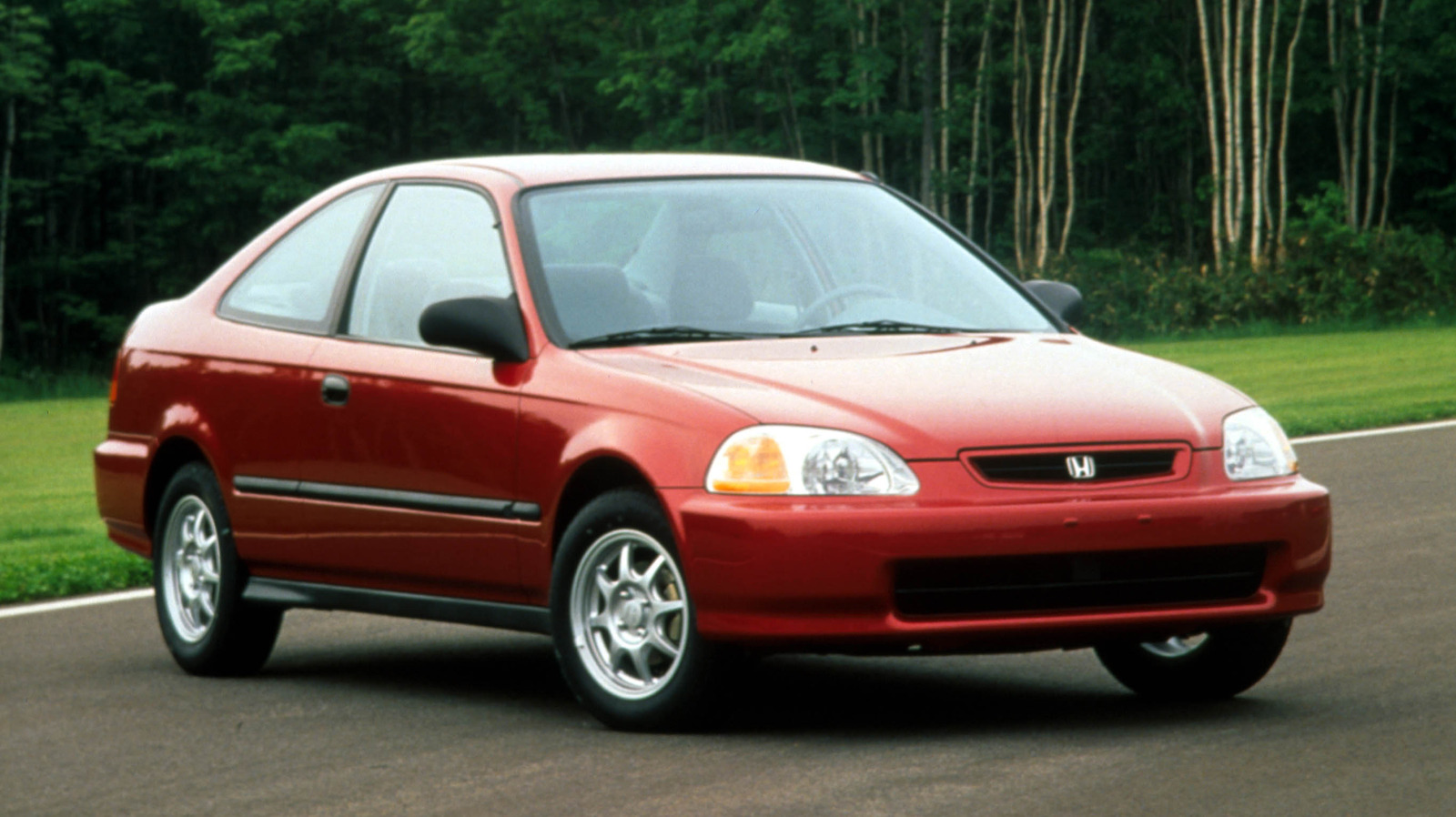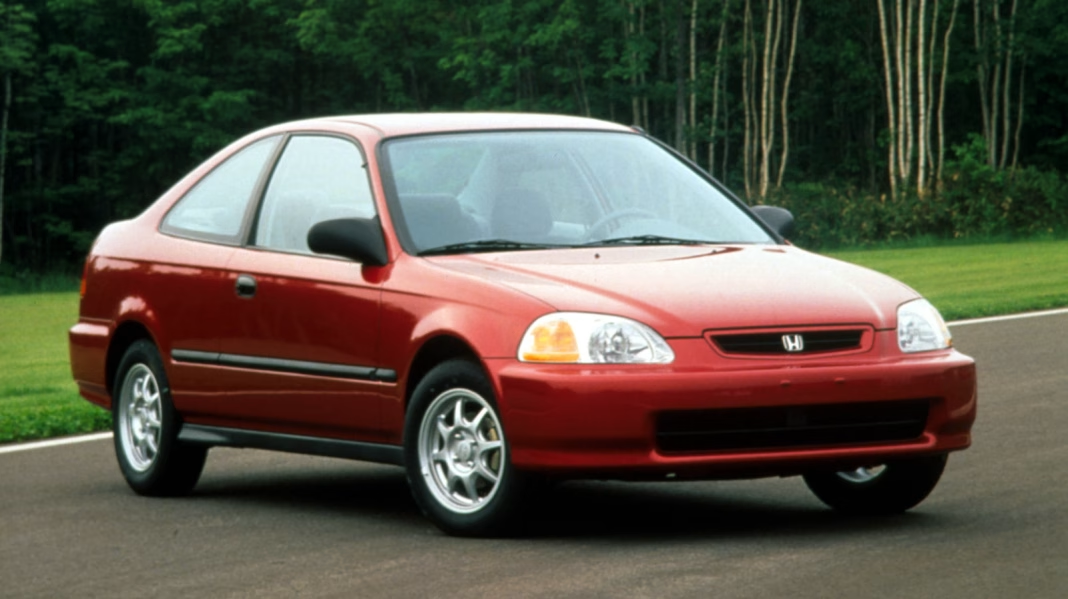When Did Honda Start Using CVTs and What Does That Mean for Reliability?
Curious about when Honda first rolled out continuously variable transmissions (CVTs) and whether you can trust them for the long haul? You’re not alone. Honda’s relationship with CVTs has sparked plenty of debate among drivers, mechanics, and car enthusiasts alike. Let’s dig into the real story—no fluff, just the facts and some honest perspective.
What Year Did Honda Introduce CVTs in Its Lineup?
Honda actually dipped its toes into CVT technology earlier than many realize. The very first Honda to feature a CVT was the 1995 Honda Civic HX coupe, a model aimed at squeezing every last mile out of a gallon of gas. This early CVT, known as the Honda Multi Matic, was a bold move at a time when most automakers were still sticking to traditional automatics or manuals.
But it wasn’t until the early 2010s that CVTs became a mainstay across Honda’s lineup. The 2013 Accord and 2014 Civic marked the start of widespread CVT adoption, with the technology quickly spreading to models like the CR-V, Fit, and HR-V. By the mid-2010s, CVTs were the default automatic transmission in most of Honda’s compact and midsize vehicles.
Why Did Honda Switch to CVTs in the First Place?
Fuel efficiency. That’s the big one. CVTs allow the engine to run at its most efficient RPM for a given speed, which means fewer trips to the pump. With tightening emissions standards and rising gas prices, Honda needed a way to keep its cars affordable and eco-friendly.
CVTs are also lighter and simpler mechanically than traditional automatics, which can help with weight savings and, in theory, long-term reliability. Plus, they deliver a smoother driving experience—no gear hunting or abrupt shifts, just seamless acceleration. For city commuters and daily drivers, that’s a real perk.
Are Honda’s CVTs Actually Reliable?
Here’s where things get interesting. Early CVTs—especially those in the late 1990s and early 2000s—had a bit of a rocky reputation. Some drivers reported issues like belt slippage, hesitation, or even complete transmission failure before 100,000 miles. But context matters: these were first-generation systems, and Honda (like most automakers) was still ironing out the kinks.
Fast-forward to the past decade, and the picture looks a lot brighter. Honda’s modern CVTs, particularly those found in the Accord, Civic, and CR-V from 2014 onward, have proven to be surprisingly robust. According to a 2023 reliability survey by Consumer Reports, Honda’s CVT-equipped models scored above average for transmission longevity and owner satisfaction. Many owners report well over 150,000 miles with only routine maintenance.
That said, no transmission is bulletproof. CVTs are more sensitive to fluid quality and change intervals than traditional automatics. Neglect the maintenance schedule, and you’re asking for trouble. Stick to Honda’s recommended fluid changes (usually every 30,000 to 60,000 miles), and you’ll likely avoid most major headaches.
What Are the Most Common Problems with Honda CVTs?
No sugarcoating it—CVTs do have their quirks. Some owners notice a “rubber band” feel during acceleration, where engine revs climb before speed catches up. Others mention a faint whining noise at certain speeds. While these are often normal characteristics of CVT operation, they can take some getting used to if you’re coming from a conventional automatic.
The most serious issues tend to crop up when maintenance is skipped or the wrong transmission fluid is used. Contaminated or old fluid can lead to overheating, shuddering, or even total failure. A small number of early CVT models (especially the 2014-2015 Fit and Civic) did experience higher-than-average failure rates, but Honda responded with technical service bulletins and extended warranties in many cases.
How Can You Maximize the Life of a Honda CVT?
It’s not rocket science, but it does require a little diligence. Here’s what the pros recommend:
– Always use genuine Honda CVT fluid. Aftermarket stuff can cause problems.
– Stick to the maintenance schedule in your owner’s manual.
– Avoid aggressive driving—CVTs don’t love hard launches or towing heavy loads.
– If you notice odd noises, slipping, or hesitation, get it checked out early.
Anecdotally, plenty of Honda owners have racked up 200,000+ miles on their CVTs with minimal drama. The key is treating the transmission with respect and not ignoring warning signs.
Is a Honda with a CVT Right for You?
If you’re after a smooth, fuel-efficient ride and you don’t mind a slightly different driving feel, a Honda CVT is a smart bet. They’re not built for drag racing or hauling trailers, but for daily commuting and family road trips, they excel. Plus, the latest data suggests Honda’s CVTs are among the most reliable in the industry—especially compared to some rival brands that have struggled with the technology.
The big takeaway? Choosing a Honda with a CVT isn’t about perfection—it’s about smarter adjustments. Start with one change this week—maybe just checking your fluid level or booking that overdue service—and you’ll likely spot the difference by month’s end.


